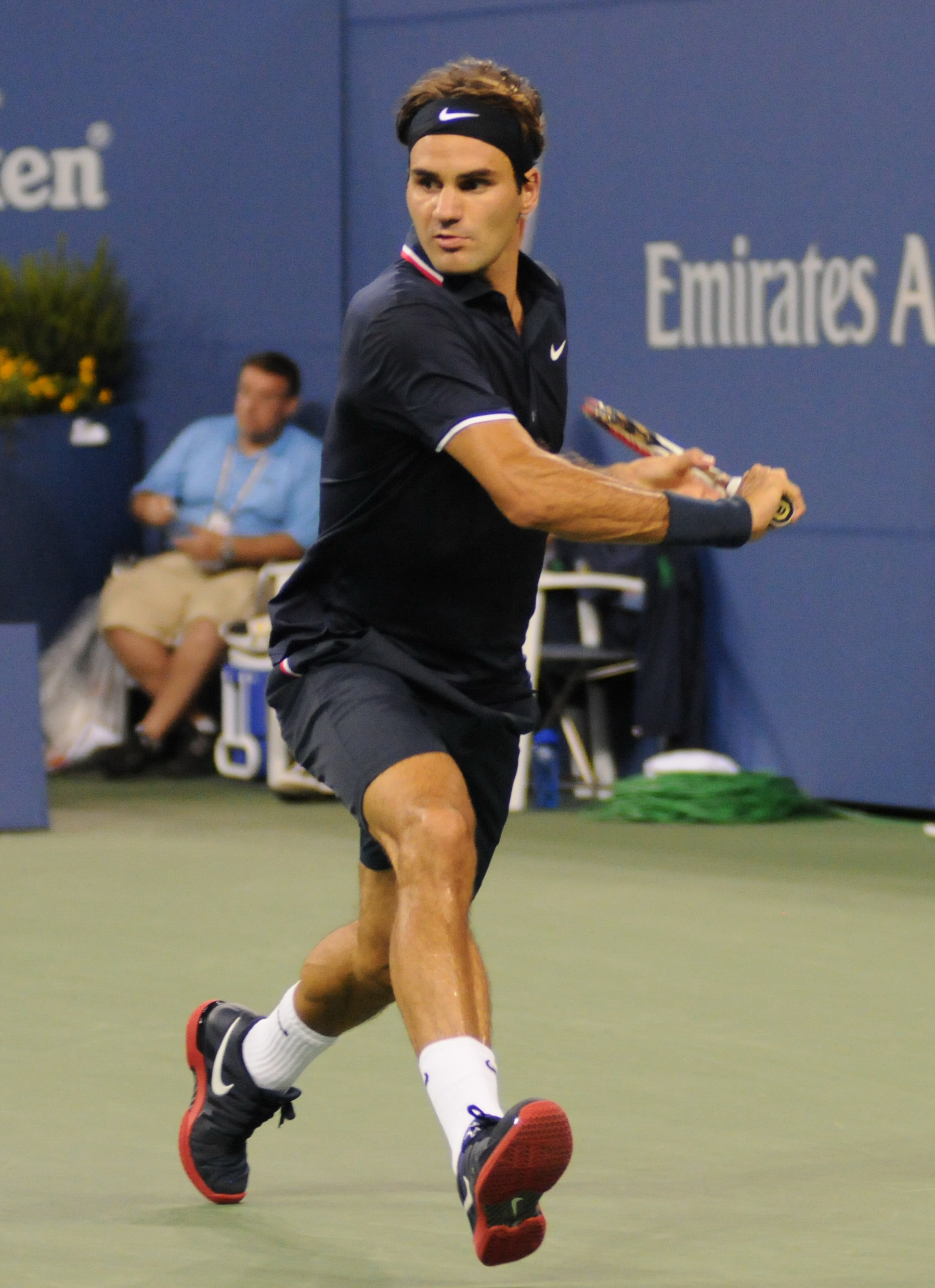As a fan of Roger Federer, I have mixed feelings about his return to the clay court. The Swiss maestro is playing in the Madrid Open after taking a three-year hiatus from clay.
I am excited to see him compete and prove the critics wrong. Traditionally, Federer has struggled on clay, winning only one French Open in 2009. His archrival Rafael Nadal, nicknamed the “King of Clay,” has won 11. But only a novice would bet against Federer, who has a career winning percentage of 76 percent on clay, third-best among active players behind Nadal and Novak Djokovic. His straight-set second-round victory against Richard Gasquet in just 52 minutes proves that he should not be underestimated.
However, the possibility of Federer sliding and injuring his knee makes me doubt his decision to play. I remember watching in heartbreak as Federer suffered a season-ending left knee injury at Wimbledon in 2016. Those were dark days, and it seemed like the end of his career was imminent. But Federer shocked the world and started off 2017 by defeating Nadal in a five-set thriller to take the Australian Open title. He looked in peak form, hitting ferocious winners with his signature one-handed backhand and attacking the net.
His success that year was largely due to good planning. Under the advice of his new couch Ivan Ljubicic, Federer skipped the clay court season. This gave him precious time to rest and prepare his body for the grass. He went on to win Wimbledon without dropping a set, earning his 19th career grand slam.
In 2018, Federer did the same thing after beating Marin Cilic in the Australian Open Final. He ultimately lost in the quarterfinals of Wimbledon but still believed it was the right move, saying, “I just felt like it was better for my health and my life with a family, as a father and husband.”
This year, Federer has taken a different attitude towards clay, considering it a great opportunity to improve his grass game. “When you play too much on grass, I feel you start guiding the ball, whereas on clay you go with full swings,” he said. Clay courts are considered the slowest court surface in tennis. The ball tends to bounce higher and loses much of its initial speed when contacting the surface, making it harder for players to hit winners.
The 37-year-old also insists that he is eager to play at Madrid and later at Roland Garros. “I was happy to go back on the clay,” Federer told reporters. “And also particularly happy to play at the French Open again.”
Despite my reservations, it is inspiring to see him take on this challenge. Like Tom Brady and Tiger Woods, he has maintained his ability to win despite his age and injuries. The ATP is full of fresh young talent, and yet somehow Federer remains at the top of the pack, battling it out for more championships and trophies. His pursuit of greatness is remarkable and it all boils down to his work ethic. Behind his effortless style of play are the weeks on end of coaching, training and working out. Off the court, Federer is one of the best ambassadors for tennis, raising money through his foundation to build schools across Africa.
No matter what the results are for Federer in Madrid, I am proud to root for a player that embodies resilience, excellence and grace. These are qualities we all can admire.
Contact Mark Lu at markgmlu ‘at’ stanford.edu.
